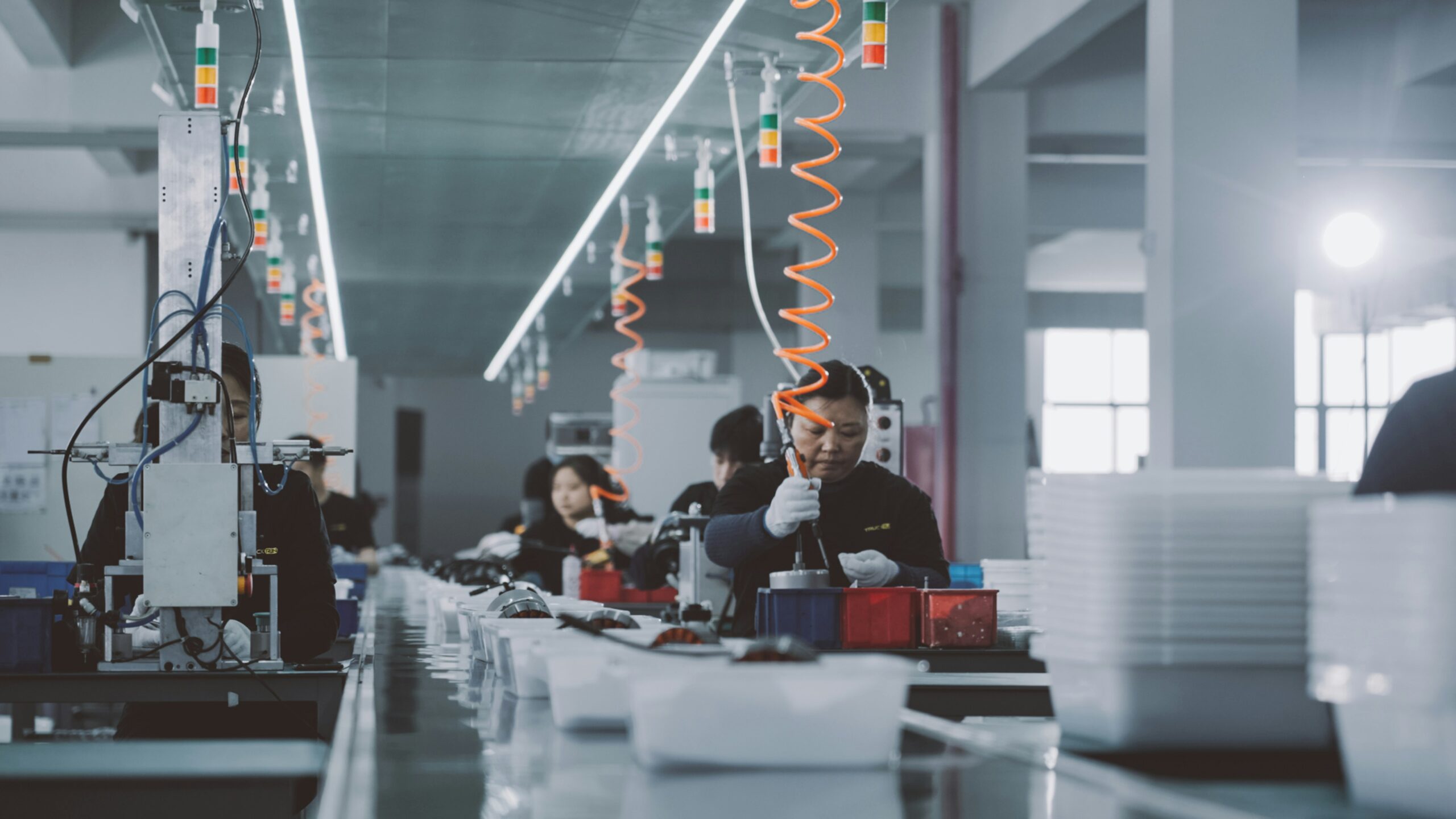For decades, drug testing has been the go-to method for employers to ensure a safe and productive work environment. But drug testing, by design, has shouldered the dual burden of both testing for substance use and screening large volumes of employees for potential impairment. This overlap has long been a challenge—testing is resource-intensive and often time-consuming, making it less efficient for broad screening applications.
Limitations with today’s methods
Despite its long history, substance testing hasn’t solved the core issues of workplace impairment. In fact, as the modern workforce evolves, the problems are only getting worse. Employers today face a broader range of substances, from alcohol and legalized cannabis to increasingly dangerous drugs like fentanyl and ketamine. This growing complexity underscores the limitations of traditional testing, which often provides conclusive results on past substance use but struggles to identify current impairment or distinguish between off-duty consumption and workplace risk.
The lack of an effective, large-scale screening solution has forced companies to rely on drug testing to do both—confirming substance use and acting as a safeguard for impairment. But this dual purpose has significant drawbacks. Testing is costly and typically applied only to small, targeted groups. Randomized testing, often used to broaden coverage, still risks missing those who are impaired on the job. Additionally, testing is usually biased toward either drugs or alcohol, rarely covering both at once.
More importantly, drug testing alone is no longer enough to truly protect employees. The modern workforce faces more complex safety challenges than ever before, and traditional testing methods are falling short. To create a truly safe environment, screening needs to complement testing. Screening, unlike testing, is designed for high volumes, rapidly assessing a workforce for potential risks in real-time. Screening tools are proactive, identifying current impairments before they escalate into accidents or safety incidents. This allows companies to spot issues early and intervene before anyone gets hurt—making screening a critical first line of defense.
Screening vs testing
While screening may not have the same legal weight as traditional testing, it excels at covering large workforces and catching potential risks at scale. Screening also has the advantage of being more comprehensive, able to detect both alcohol and drugs, including newer and more dangerous substances. In contrast, testing is typically focused on one or the other, which can leave gaps in workplace safety efforts.
The introduction of modern screening solutions now enables employers to separate the functions of testing and screening. Testing remains essential for conclusive, legally compliant results, but screening offers a much-needed proactive tool to monitor a large workforce and flag potential risks before they become incidents. By addressing both needs side by side, companies can adopt a more effective approach to workplace safety, one that tackles the evolving challenges of impairment in real-time.
The combination of screening and testing is important for the entire society
This evolution is not only essential for businesses but equally important for employees, unions, and governments. Everyone has a stake in creating a safer, more productive work environment. As the modern world presents increasingly complex problems, it’s clear that new solutions are required to protect the workforce and offer a better future for all. Screening and testing together offer a comprehensive way forward, ensuring that companies can protect their people while keeping up with the demands of today’s rapidly changing landscape.
